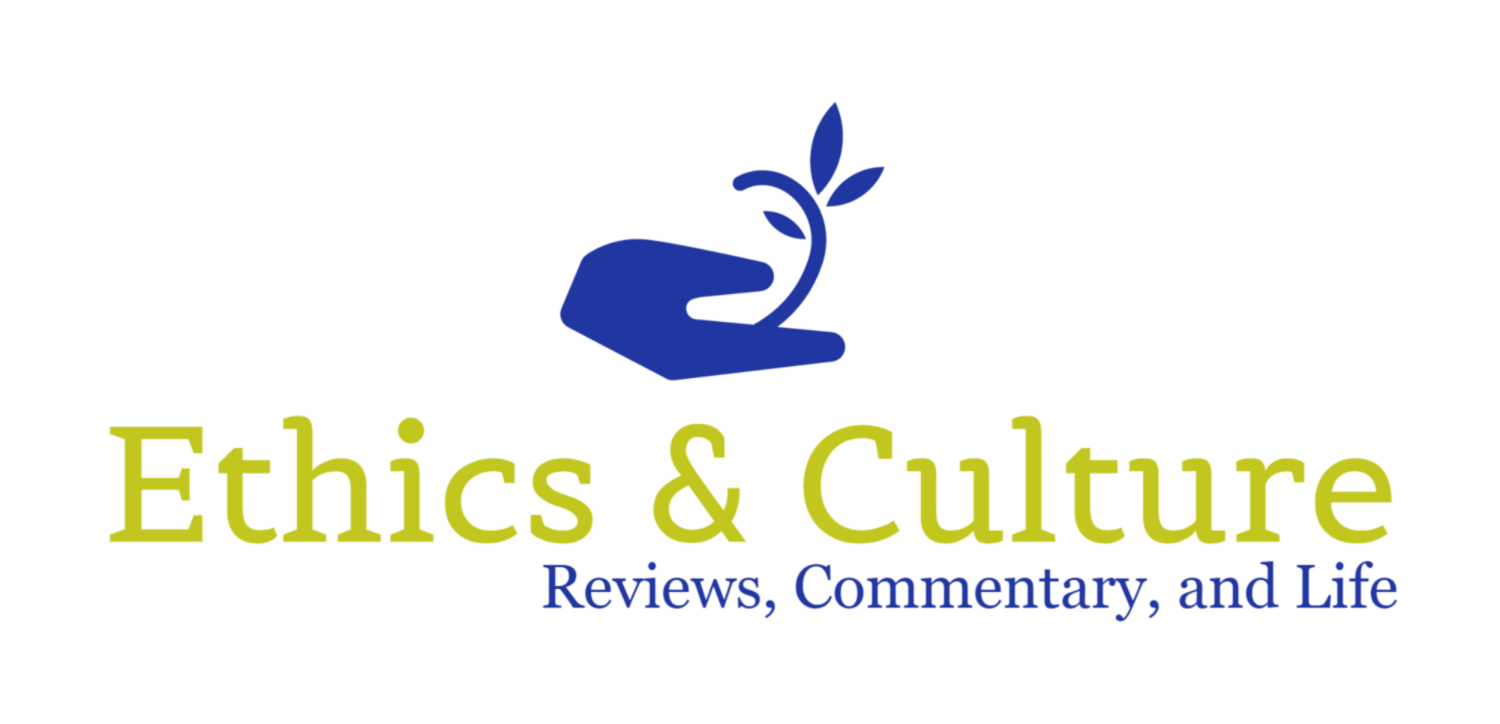One school of thought believes that Sabbath is still necessary, but that the principle was fulfilled in Christ, so that Sabbath for Christians is a spiritual rest in Christ. This is a biblical concept, seen clearly in Hebrews 4. In particular, verses 9 and 10 declare, “So then, there remains a Sabbath rest for the people of God, for whoever has entered God’s rest has also rested from his works as God did from his.” Some who hold this view believe that the day of rest in the Sabbath was fulfilled in Christ, and therefore spiritualize present application. Although he does not argue for only a spiritualization of the Sabbath, J. D. Greear provides a helpful explanation of the fulfillment of the Sabbath in Christ in this blog.
There are some people, like Seventh Day Adventists, who take a literalist approach to Sabbath and have their worship services on Saturday. This is a consistent application, but it isn’t clear that such a literal approach is necessary. In fact, if we accept the tripartite division of the law described above, then it would seem that some of the particulars of the practice of Sabbath fall into the categories of civil and ceremonial, instead of moral law.
A third category, including much of the Reformed tradition, believe that the Sabbath is still in play and that we fulfill it largely through rest on Sunday, as a Christianized analogy of the Old Testament practices. This is witnessed in the history of the United States through the various Blue Laws. A famous example of this method of practicing Sabbath is found in Eric Liddell’s refusal to run a race on Sunday.
Synthesis
All of these three methods of applying the Sabbath have something to contribute to a robust practice of Sabbath for contemporary Christians. The literalist approach affirms the truthfulness of God’s word. Though we may argue about the actual practice, which deviates from traditional Christian practice and misses the significance of the Sunday resurrection, we can respect the importance of following God’s law.
The spiritual fulfillment is a valuable perspective for Christians because it is true. The practice of Sabbath was intended, in part, to point forward to the future rest that we will enter into by Christ’s blood, when the whole cosmos is redeemed and the toil from the curse (Gen 3:17-19) has been removed. At that time, though we will still work, we will have been glorified, creation will have been renewed, (Romans 8:18-25) and we will enter into the ultimate Sabbath rest. It remains to see whether that spiritual fulfillment eliminates any present practice of the principle of Sabbath.
The third approach, which entails the rigorous of customs adapted to contemporary contexts is good because it highlights the importance of rest, encourages corporate worship, and is an earnest attempt to honor God. At the same time, such an approach runs afoul of Christ’s own interpretation and risks becoming a burden to the people it is intended to help.
A fourth approach to the Sabbath argues, which I have not introduced before, treats the whole of the Old Testament as edifying, but believes that all forms of the Law were fulfilled by Christ (Matt 5:17). That argument is worth carrying, but would push this post beyond the current length. I will, however, offer a few simple objectives: first, those who hold this position generally create their own laws (no movies, no pants for women, ties on Sunday) to substitute for the Old Testament Laws, which put them in a worse position; second, this approach has to deal with the odd fact that most of the Decalogue is reaffirmed explicitly in the New Testament; third, this view raises significant questions about the nature of revelation in the Old Testament, specifically with the close connection between Jesus and the Old Testament (Luke 24:27).
A fifth approach to Sabbath argues that the Decalogue is the moral law and is in play, but that the fourth commandment no longer applies because Jesus didn’t practice it in the passages discussed above. This is consistent with how most contemporary Evangelicals treat the Decalogue, whether or not they can formulate that perspective fully. Not lying is good, but Sabbath is unnecessary. This approach is exegetically inconsistent and seems to be argued more for convenience than otherwise.
Practicing Sabbath
Each of the first three interpretations is helpful, but I believe they each fall short for one reason or another. The fourth and fifth interpretations are less helpful, and I believe create more exegetical problems than they solve.
If we accept that the Decalogue is the moral law, and it reflects the immutable character of our Holy God, then we should see that it is still in play. The question is how to apply it.
In Matthew 12:1-14, Jesus shows that practicing Sabbath was not fundamentally about inactivity. Rather, he argues that doing good work is explicitly lawful (v. 12). Note that he does not argue that the law does not apply, but that doing God honoring work on the Sabbath is a moral positive. There is no category for moral neutrality, either an action is sinful or morally praiseworthy.
Instead, the Sabbath is intended to provide a rest from economic activity during the week, which helps to show our trust in God’s goodness and provision. This is consistent with the statement in the Exodus 20:8-11. Jesus’ own interpretation undermines a strictly literalistic understanding of these verses. Also, considering the expositions of the Sabbath, which focus on giving the land a rest in an agrarian context, it seems that the emphasis is more on stopping ceaseless striving than on a particular form of inactivity. For example, in Exodus 23:10-12, Moses specifically records the purpose of Sabbath being for the provision of the poor and the wild beasts, as well as the refreshment of economic actors.
It is no accident that immediately preceding Jesus’ Sabbath healing in Matthew 12, he calls his hearers into his rest:
“Come to me, all you who labor and are heavy laden, and I will give you rest. Take my yoke upon you, and learn from me, for I am gentle and lowly in heart, and you will find rest for your souls. For my yoke is easy, and my burden is light.” (Matt. 11:28-30)
Note that the rest Jesus proposes entails work—the image of a yoke could mean little else. This is not the absence of activity, but the redirection of activity to restorative purposes. This often includes working at rest, but not a legalistic rest, the fulfillment of which entails greater effort than simply continuing to work for economic gain. In one sense, Jesus is calling people into a spiritual Sabbath, since they can rest in the fulfillment of the ceremonial law through his future propitiation. However, it is not clear that Jesus is alleviating any regular practice of literal rest as an expectation of a holy life.
Mark’s Gospel provides a slightly different telling of the Matthew 12 account in the second chapter. In Jesus’ explanation of David and his men eating the showbread, contrary to the ceremonial law, Jesus illuminates that the purpose of Sabbath, when he says: “The Sabbath was made for man, not man for the Sabbath.” (Mk 2:27)
In one sense this is entirely true in a spiritual sense. The spiritual rest of Hebrews 4 is a great blessing for humans. In another sense, however, a non-legalistic practice of Sabbath is needed now more than ever.
Jesus’ explanation of the blessing of Sabbath for humans ties closely to the ideas in Exodus 23:12, which is a refreshing rest from economic activity. If anything, Christ’s fulfillment of the law was designed to bring a greater blessing to the elect. He fulfilled the ceremonial law so that we can trust in his once and for all sacrifice for sin (Cf. Heb 10:1-18). This is a great blessing. But if the practice of Sabbath rest, particularly in the form of resting from economic activity, is intended as a blessing, then we would expect this to be amplified rather than diminished. Therefore, while the civil and ceremonial trappings of the Sabbath may no longer apply, with their limitations to a single day of rest each week, we should look for our rest to be more varied and greater.
A full consideration of the application of Sabbath would take much more space (and would reveal how terrible I am at this myself), but likely it includes a regular pattern of participation in worship, taking vacations, not being perpetually online, carving out time for physical fitness, prioritizing family activity over work, and other active, but redemptive practices. It is still likely to include simply resting and doing quiet activities, or at least activities that are refreshing to our bodies and our souls, and that differ from our daily economic toil.





















There’s no reason to doubt that Jesus was nailed to the cross. Ultimately, I trust what Scripture says about Jesus’s crucifixion because I also trust what it says about his resurrection. And that’s what we should be celebrating this week.